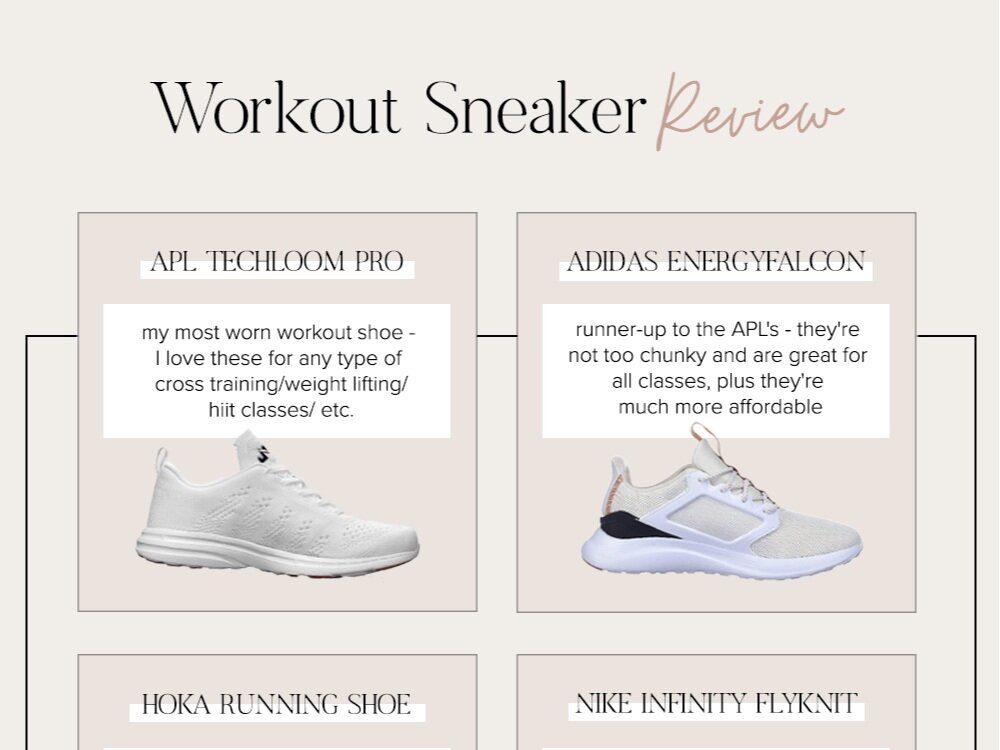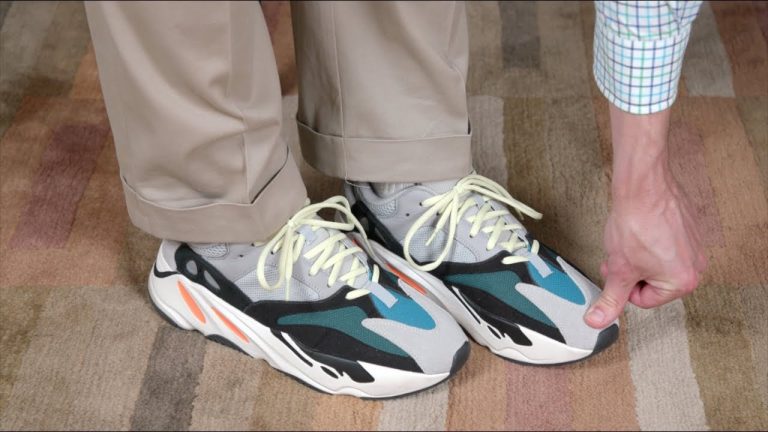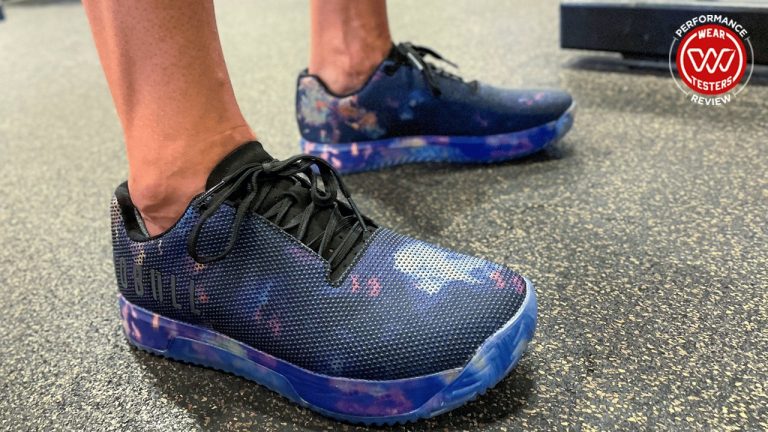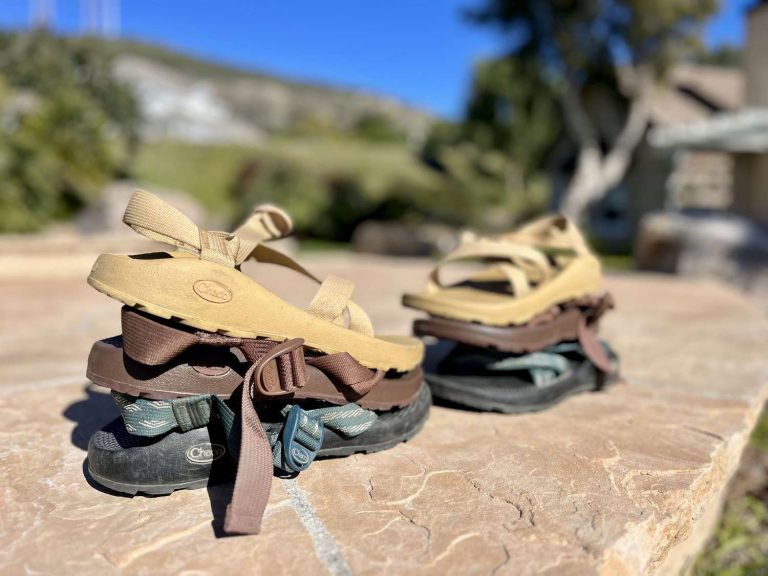Looking for the perfect running shoe? The age-old debate of APL vs. Hoka can be overwhelming, but fear not – we’re here to help you make an informed decision. Whether you’re a seasoned runner or just starting out, choosing the right shoe is essential for comfort, performance, and injury prevention. In this article, we’ll delve into the features and benefits of both APL and Hoka, allowing you to find the shoe that best suits your needs. So, let’s dive in and explore the world of APL vs. Hoka to find your ideal running companion.
APL vs Hoka: A Comparative Analysis
Introduction
When it comes to athletic footwear, two brands that have gained significant popularity in recent years are APL (Athletic Propulsion Labs) and Hoka. These brands offer unique features and technologies that cater to different needs and preferences of athletes and fitness enthusiasts. In this article, we will explore and compare APL and Hoka shoes, highlighting their key differences, benefits, and performance. Whether you’re an avid runner, a gym-goer, or someone looking for comfortable and supportive shoes, this comprehensive analysis will help you make an informed decision.
Construction and Design
When it comes to construction and design, both APL and Hoka prioritize innovation and performance. However, they implement different approaches to achieve their goals.
APL
APL shoes are known for their sleek and minimalist design. They focus on creating lightweight and flexible footwear that doesn’t compromise on support and stability. APL incorporates their proprietary Propelium® technology in the midsole, which offers optimal cushioning and energy return. The upper materials are crafted to provide a snug fit, while the outsole features a durable rubber compound for enhanced traction.
Hoka
Hoka shoes, on the other hand, have a distinct maximalist design. They feature oversized midsoles with ample cushioning to provide a supremely comfortable and plush ride. This design philosophy aims to reduce impact and stress on joints, making them an excellent choice for long-distance runners and individuals with joint issues. Hoka shoes also incorporate a Meta-Rocker geometry, which promotes a smooth heel-to-toe transition and efficient stride.
Performance and Comfort
While construction and design are crucial, the true test of any athletic shoe lies in its performance and comfort. Let’s explore how APL and Hoka shoes fare in these aspects.
APL
APL shoes are engineered to deliver a balanced combination of performance and comfort. The Propelium® cushioning system in APL shoes not only provides excellent shock absorption but also offers responsive energy return, allowing athletes to propel forward with each stride. The lightweight construction and flexibility of APL shoes contribute to an agile and natural feel, making them suitable for dynamic activities like cross-training, HIIT, and basketball.
Hoka
Hoka shoes prioritize exceptional comfort and cushioning. The oversized midsoles, combined with high-quality foam materials, offer unmatched impact protection and a cloud-like sensation underfoot. The Meta-Rocker technology in Hoka shoes facilitates a smooth and efficient gait, reducing fatigue and improving overall performance. These features make Hoka shoes ideal for long-distance runners, ultra-marathons, and individuals seeking the utmost cushioning for extended periods of wear.
Traction and Durability
The traction and durability of athletic shoes are crucial for ensuring stability and longevity. Let’s see how APL and Hoka shoes compare in this aspect.
APL
APL shoes are designed with a focus on multidirectional movements, providing reliable traction on various surfaces. The durable rubber outsoles incorporate strategic patterns and grooves to optimize grip and prevent slippage. Additionally, APL shoes undergo rigorous wear tests to ensure long-lasting performance, making them a durable choice for intense training sessions.
Hoka
Hoka shoes feature a durable rubber outsole with a versatile lug pattern. This design allows for excellent traction on both road and trail surfaces. However, it is important to note that the maximalist cushioning of Hoka shoes may affect ground feel and responsiveness, which makes them better suited for less technical terrains and more cushion-focused activities.
Target Audience
Every athletic shoe brand has a specific target audience in mind. Let’s take a look at the intended users of APL and Hoka shoes.
APL
APL shoes are designed to cater to individuals who prioritize versatility and agility in their workouts. Their lightweight construction and responsive cushioning make them suitable for activities like cross-training, gym workouts, and court sports. APL shoes also offer a sleek and fashionable design, making them appealing to those who want performance and style in one package.
Hoka
Hoka shoes primarily target runners, including trail runners and ultra-marathoners. The superior cushioning and impact absorption properties of Hoka shoes make them ideal for individuals seeking maximum comfort and support during long-distance runs. Additionally, Hoka shoes are favored by individuals with joint issues or those who want to minimize the impact on their joints during high-impact activities.
Price Range
The price range of athletic shoes can significantly impact the buying decision. Let’s explore the price ranges of APL and Hoka shoes.
APL
APL shoes generally fall within the mid to high price range. Their focus on innovative technologies and high-quality materials justifies the higher price point. While APL shoes may be a bit more expensive, they offer excellent performance, durability, and style.
Hoka
Hoka shoes are also priced in the mid to high range, reflecting their advanced cushioning technologies and maximalist design. The premium materials and features incorporated in Hoka shoes make them a worthwhile investment for serious runners and individuals seeking long-lasting comfort.
In conclusion, both APL and Hoka offer unique features and technologies that cater to different athletic needs and preferences. APL shoes excel in providing a lightweight, flexible, and versatile option, making them suitable for dynamic activities and court sports. On the other hand, Hoka shoes prioritize maximum comfort, impact absorption, and cushioning, making them a top choice for distance runners and individuals seeking superior support.
Ultimately, the choice between APL and Hoka depends on your specific requirements, preferred activities, and personal preferences. Assessing factors such as construction, design, performance, comfort, traction, target audience, and price range will help you make an informed decision and find the perfect athletic footwear that elevates your performance and enhances your overall athletic experience.
team hoka, on cloud, or apl? #runningshoes #walkingshoes
Frequently Asked Questions
What is the difference between APL and Hoka?
While both APL and Hoka are popular athletic footwear brands, there are some key differences between them. APL, which stands for Athletic Propulsion Labs, is known for its innovative technology that focuses on enhancing performance and support. On the other hand, Hoka is renowned for its maximalist cushioning design, providing superior comfort and shock absorption. APL shoes are often lauded for their sleek and stylish design, while Hoka shoes are praised for their plush feel and stability. Ultimately, the choice between APL and Hoka depends on individual preferences and specific athletic needs.
Which brand offers better performance-enhancing features, APL or Hoka?
Both APL and Hoka offer performance-enhancing features, but they cater to different aspects of athletic performance. APL is known for its Load ‘N Launch® technology, which is designed to increase vertical leap and enhance energy return. This technology is particularly beneficial for activities like basketball and running. On the other hand, Hoka specializes in cushioning and stability. Their Meta-Rocker technology promotes a smooth gait cycle, reducing fatigue and enhancing overall performance. The choice between APL and Hoka depends on the specific needs and preferences of the athlete.
Are APL shoes more suitable for running or training?
While APL shoes are versatile and can be used for both running and training, they are often favored for training purposes. APL shoes are known for their lightweight construction, flexibility, and stability, making them ideal for quick movements, lateral exercises, and strength training. However, it is important to note that APL also offers specific running shoe models that provide excellent support and cushioning for runners. Ultimately, the choice between APL shoes for running or training depends on personal preferences and the specific requirements of the activity.
Do Hoka shoes provide adequate arch support?
Yes, Hoka shoes are designed to provide excellent arch support. They feature a midsole design that is contoured to provide stability and align with the natural shape of the foot. Hoka shoes are particularly popular among runners and individuals with high arches or plantar fasciitis, as they offer superior cushioning and support to help reduce strain on the arches. Additionally, Hoka offers various models with different levels of arch support, allowing individuals to find the right shoe for their specific needs.
Which brand offers a wider range of styles and designs, APL or Hoka?
APL is typically known for its sleek and stylish designs, offering a range of options for individuals looking to make a fashion statement with their athletic footwear. APL shoes often feature a minimalist aesthetic and are available in various colors and patterns, appealing to those who prioritize both performance and style. On the other hand, Hoka shoes tend to prioritize comfort and functionality over fashion, with a focus on their maximalist cushioning and supportive features. The choice between APL and Hoka in terms of style and design depends on personal preferences and the desired aesthetic.
Are APL shoes more durable than Hoka shoes?
Both APL and Hoka shoes are built to be durable and withstand the demands of athletic activities. However, the durability can vary depending on the specific model and usage patterns. APL shoes are known for their high-quality materials and construction techniques, which contribute to their overall durability. Hoka shoes, on the other hand, prioritize cushioning and comfort, which may lead to slightly reduced durability in comparison to APL shoes. It is important to consider the individual needs and activities when evaluating the durability of APL and Hoka shoes.
Can APL or Hoka shoes be used for cross-training workouts?
Both APL and Hoka shoes can be suitable for cross-training workouts, but it ultimately depends on the specific requirements of the workout and personal preferences. APL shoes are designed to be versatile and provide stability and flexibility, making them suitable for various cross-training exercises that involve quick movements and lateral movements. On the other hand, Hoka shoes prioritize cushioning and comfort, which can be advantageous for workouts that involve impact and longer periods of activity. Individuals should consider their specific cross-training needs and choose the brand and model that aligns with those requirements.
Final Thoughts
In conclusion, the comparison between APL and Hoka reveals distinct differences in terms of design, performance, and target audience. While APL is known for its sleek and stylish appearance, Hoka offers maximum cushioning and support for long-distance runners. Both brands provide innovative technologies to enhance foot comfort and performance. Ultimately, the choice between APL and Hoka depends on individual preferences and specific athletic needs. Whether you prioritize style or functionality, APL and Hoka offer unique options to cater to a wide range of athletes.






